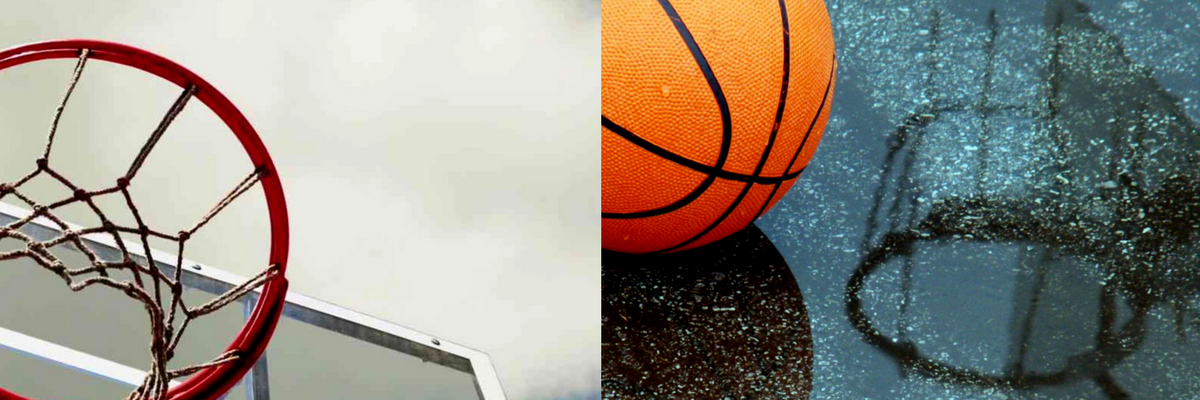Do teams contest more shots in the playoffs? I think we’d expect the answer to be a resounding “yes” since, intuitively, contesting shots seems at least in part related to effort, and don’t players try a little harder in the playoffs? But the results are not so clear.
First, let’s refresh on the definition of Contest+. We define Contest+ as any shot that is altered, blocked, or contested. Contest+ % will simply be the percentage of shots that are altered, blocked, or contested. For an exact definition on those terms, review this article.
Now, let’s explore the methodology and results. I looked at Team Contest+ % for a sample of regular season games and the playoff games in the 2011-12 season. For those interested in just seeing the results and the conclusions, skip ahead. First, I conducted Levene’s test for equality of variance and found that we have to reject the hypothesis of equality of variances in the two samples (p-value < .01). Next, I conducted Welch’s t-test to see if the means were statistically different. Here are the results:
| t-Test: Two-Sample Assuming Unequal Variances | ||
| Reg Season | Playoffs | |
| Mean | 0.4729023 | 0.456445 |
| Variance | 0.0080041 | 0.004745 |
| Standard Deviation | 0.0894656 | 0.068886 |
| Observations | 905 | 168 |
| Hypothesized Mean Difference | 0 | |
| df | 283 | |
| t Stat | 2.7022436 | |
| P(T<=t) one-tail | 0.0036517 | |
| t Critical one-tail | 1.6502557 | |
| P(T<=t) two-tail | 0.0073034 | |
| t Critical two-tail | 1.9683819 | |
*Note: Playoff teams had a regular season Contest+% of 47.5%

As you may be able to tell from the graph, the Celtics had the smallest variance while the Spurs and Heat had the largest variances. The Thunder also had three of their four worst games in terms of contesting shots in the last three games of the Finals, and this general downward trend is consistent across the teams to a lesser degree.
In part 2 of this article, we’ll explore Open+ Frequency, how it changes from the regular season to the playoffs, and its relationship with Contest+%.

